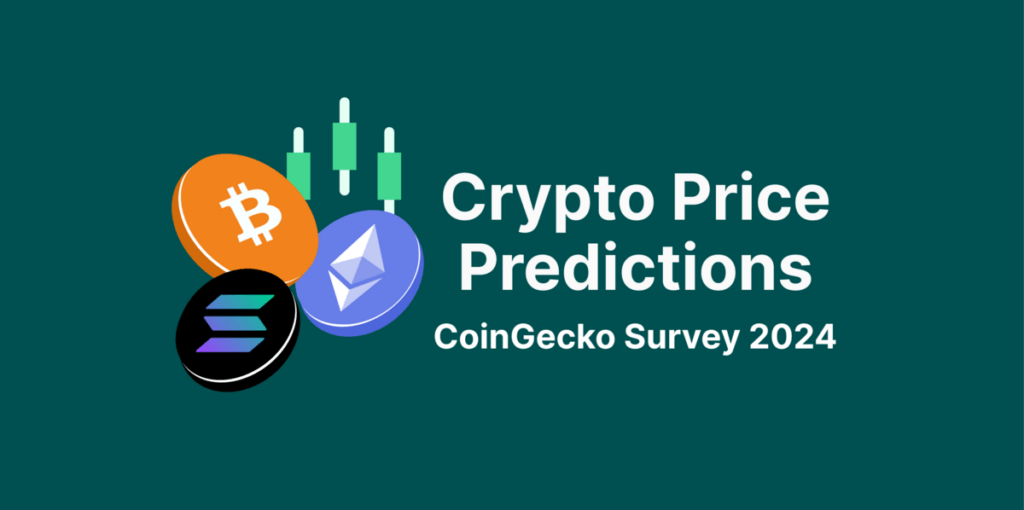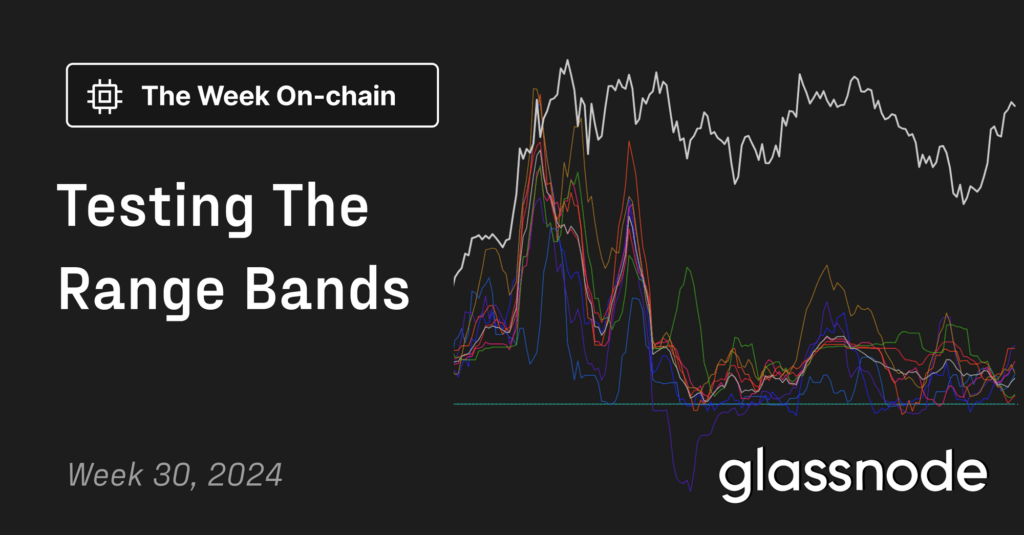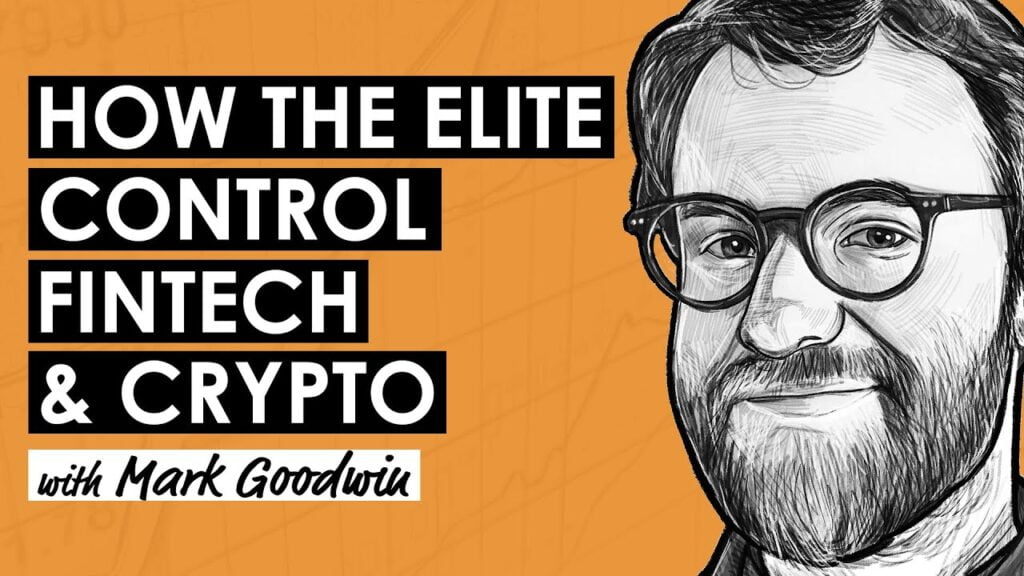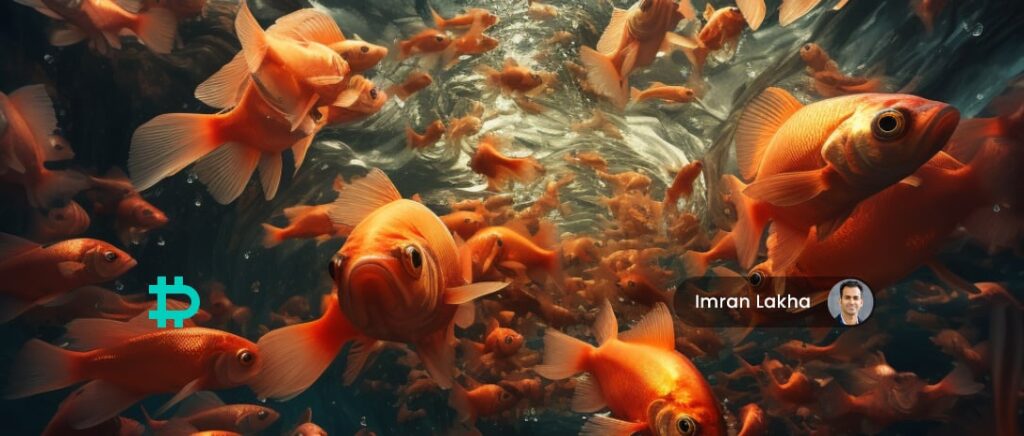Research Summary
The report discusses the growing trend of tokenization in crypto asset markets, where digital representations (crypto tokens) are created for non-crypto assets (reference assets). This process creates a link between the digital asset ecosystem and traditional financial systems, potentially transmitting volatility between the two. The report also explores various tokenization projects and their potential implications for financial markets.
Key Takeaways
Tokenization and Its Design Features
- Concept of Tokenization: Tokenization involves creating digital representations (crypto tokens) for non-crypto assets (reference assets), linking the digital asset ecosystem with traditional financial systems.
- Design Features: Tokenization design includes a blockchain, a reference asset, a mechanism to assess the value of the reference asset, a means to store and/or provide custody for the reference asset, and a mechanism to facilitate redemptions of the token and/or the reference asset.
- Market Value: The market value of tokenized assets on permissionless blockchains is estimated to be $2.15 billion as of May 2023.
Types of Tokenized Assets
- Agricultural Commodities: Examples of tokenized agricultural commodities include SOYA, CORA, and WHEA, which reference soybeans, corn, and wheat respectively.
- Gold: Tokenized gold has a market capitalization of approximately $1 billion, with Pax Gold (PAXG) and Tether Gold (XAUt) dominating the market.
- Real Estate: Tokenized real estate projects, such as those offered by Real Token Inc. (RealT), tokenize legal rights on residential properties.
- Stocks and ETFs: Tokenized stocks provide similar economic exposures as the reference stocks, and tokenized ETFs represent deposits in the reference ETFs.
Potential Benefits and Risks of Tokenization
- Benefits: Tokenizations can provide benefits such as access to otherwise inaccessible markets, additional features embedded in tokenized assets, lower barriers to entry for investors, and improved liquidity and price discovery.
- Risks: Tokenization can potentially disguise riskier or illiquid reference assets as safe and easily tradeable, leading to higher leverage and risk-taking. It can also transmit shocks or volatility from the digital asset ecosystem to the traditional financial system.
Tokenization Projects and Platforms
- Financial Institutions: Institutions like the European Investment Bank, J.P. Morgan, and Franklin Templeton have issued digital bonds and tokenized assets on various blockchains.
- Real Estate: RealT has tokenized 970 units of property valued at over $52 million, allowing for fractional ownership and international investment in domestic real estate.
- Agricultural Commodities: Agrotoken provides tokenized agricultural commodities, with tokens representing 1 ton of soybeans, corn, or wheat.
Future of Tokenization
- Increasing Adoption: Many new tokenization projects are in development, suggesting that tokenization may become a larger part of the digital asset ecosystem.
- Regulatory Attention: The OECD has published a report on the tokenization of assets and its potential implications for financial markets.
- Exploration by Major Institutions: J.P. Morgan is exploring bringing trillions of dollars of tokenized assets to DeFi.
Actionable Insights
- Investigate the Potential of Tokenization: Given the growing trend of tokenization, it may be beneficial to explore the potential of this financial innovation in various sectors, such as real estate, commodities, and financial securities.
- Consider the Risks: While tokenization offers many benefits, it’s important to consider the potential risks, such as the transmission of volatility from crypto asset markets to traditional financial markets.
- Stay Informed: With many new tokenization projects in development, staying informed about the latest trends and developments in this space can provide valuable insights.












